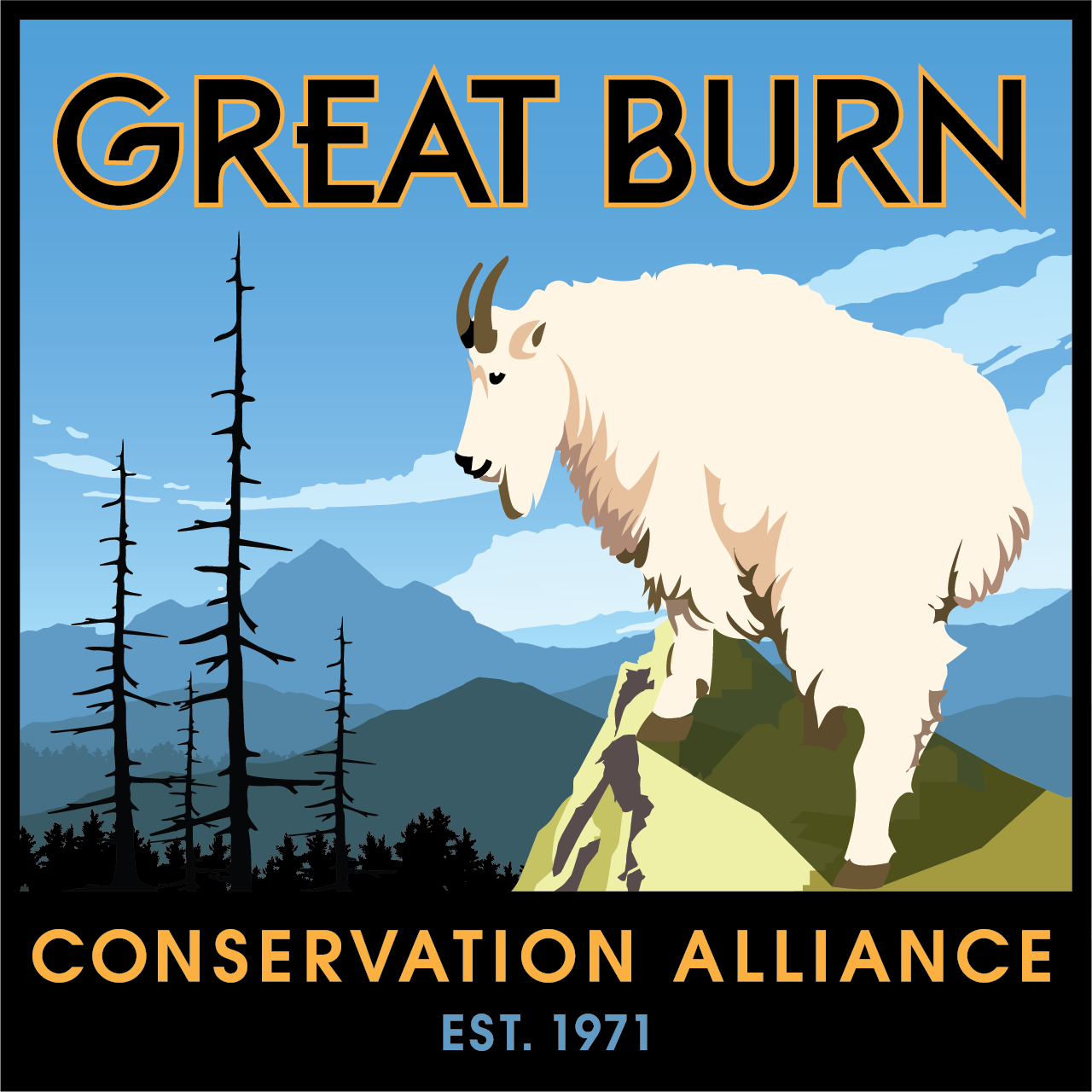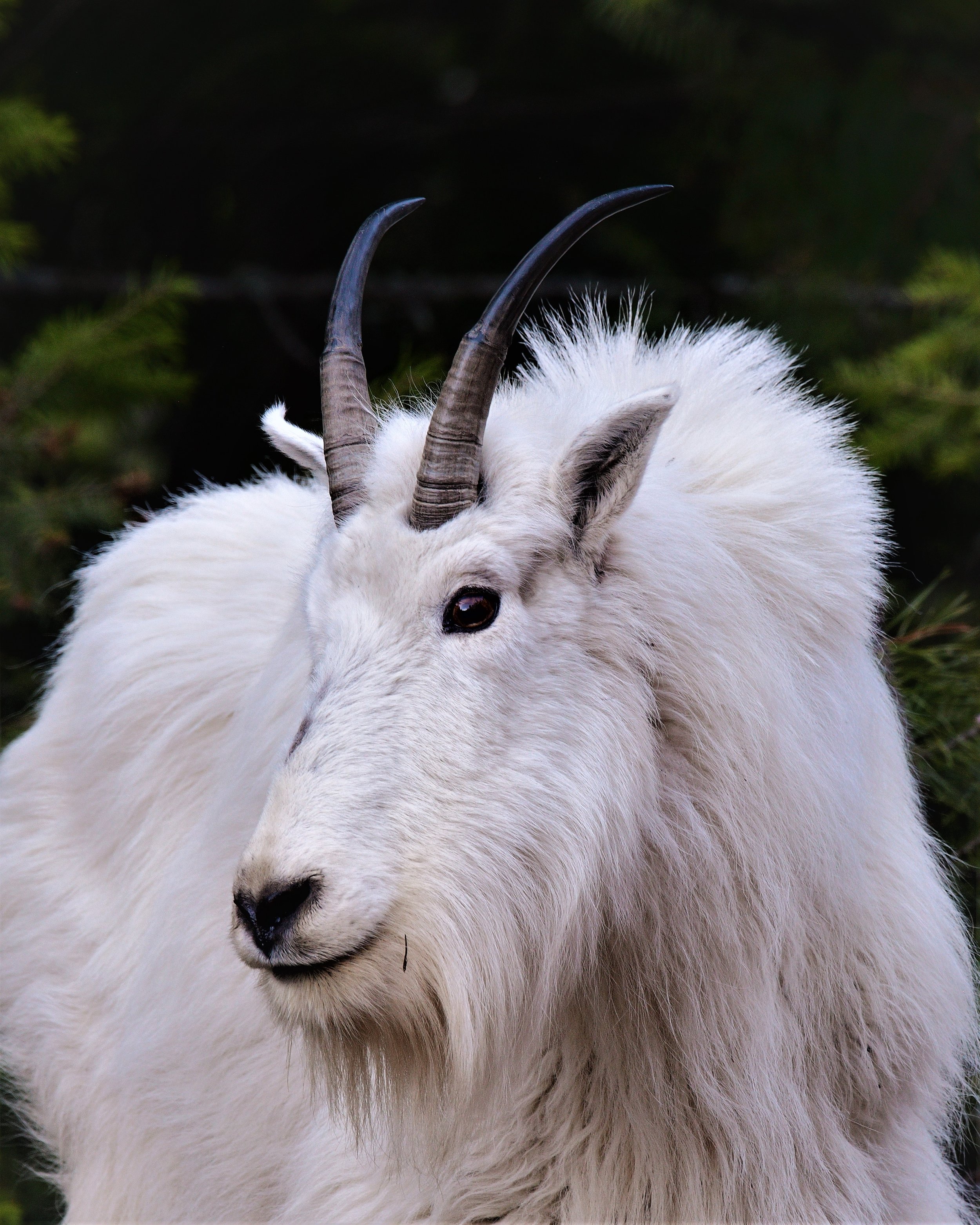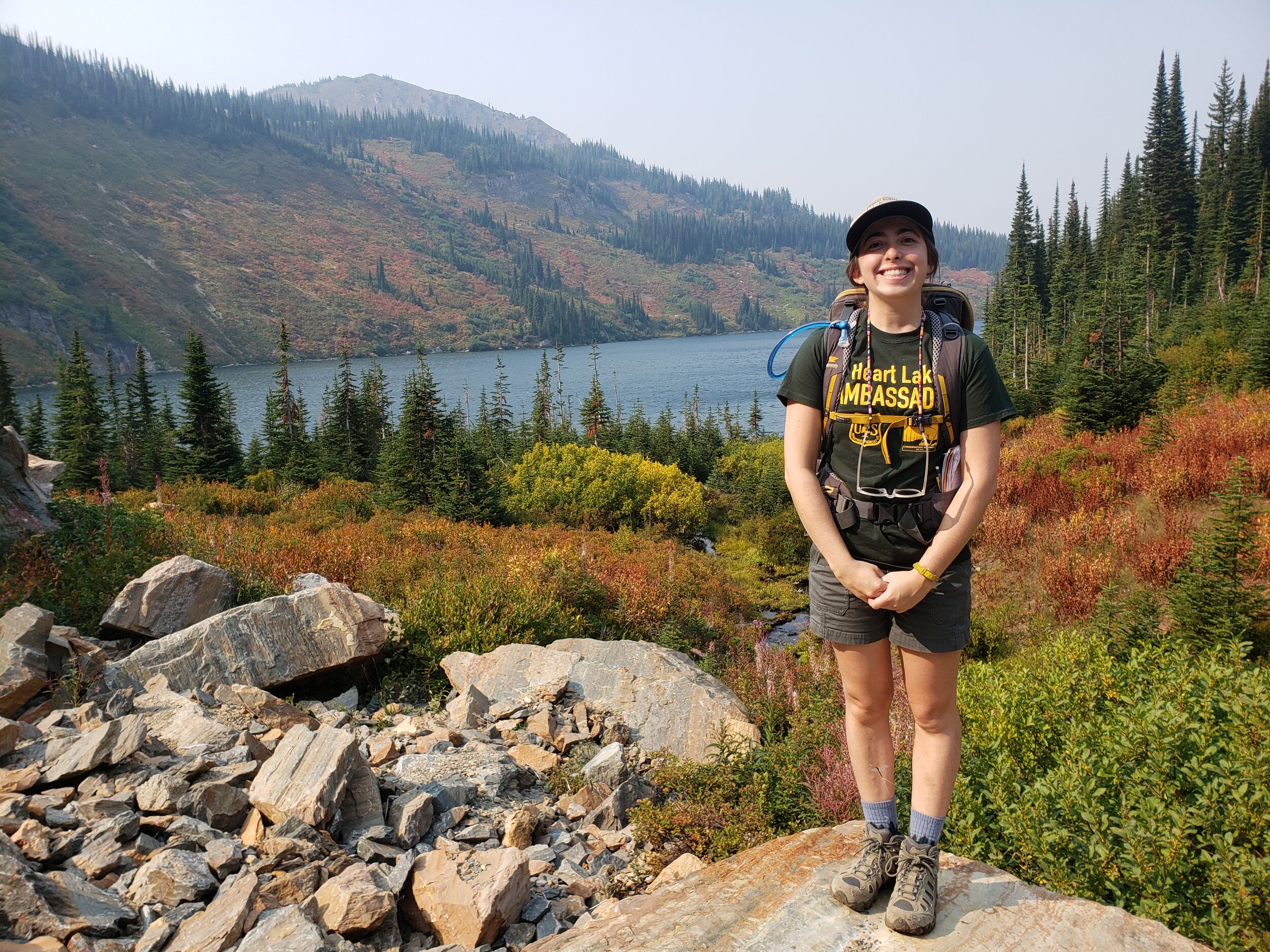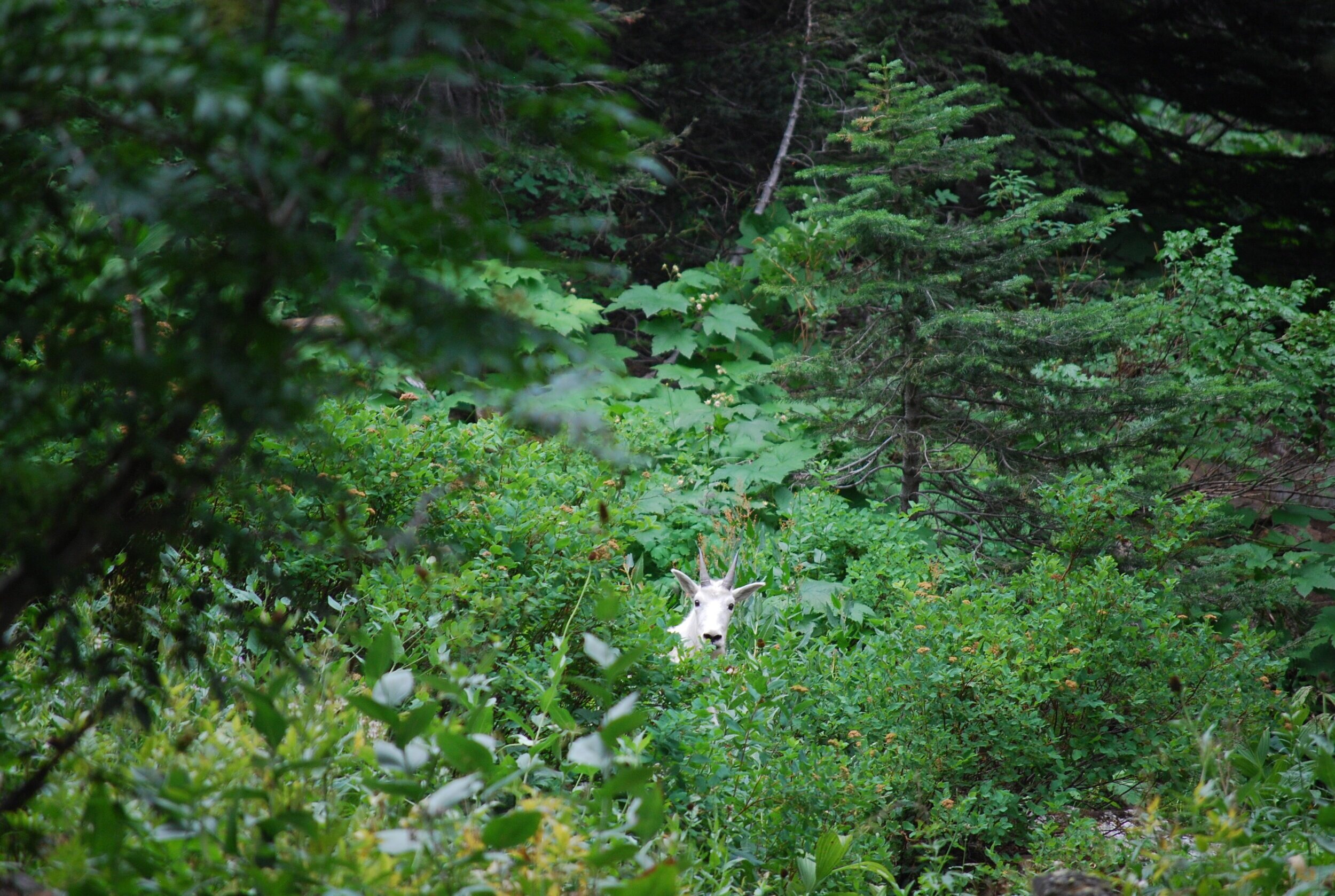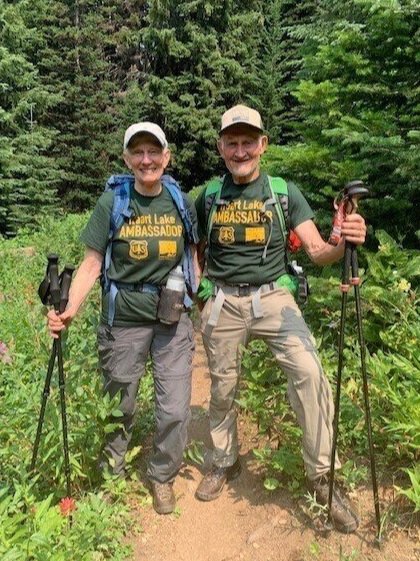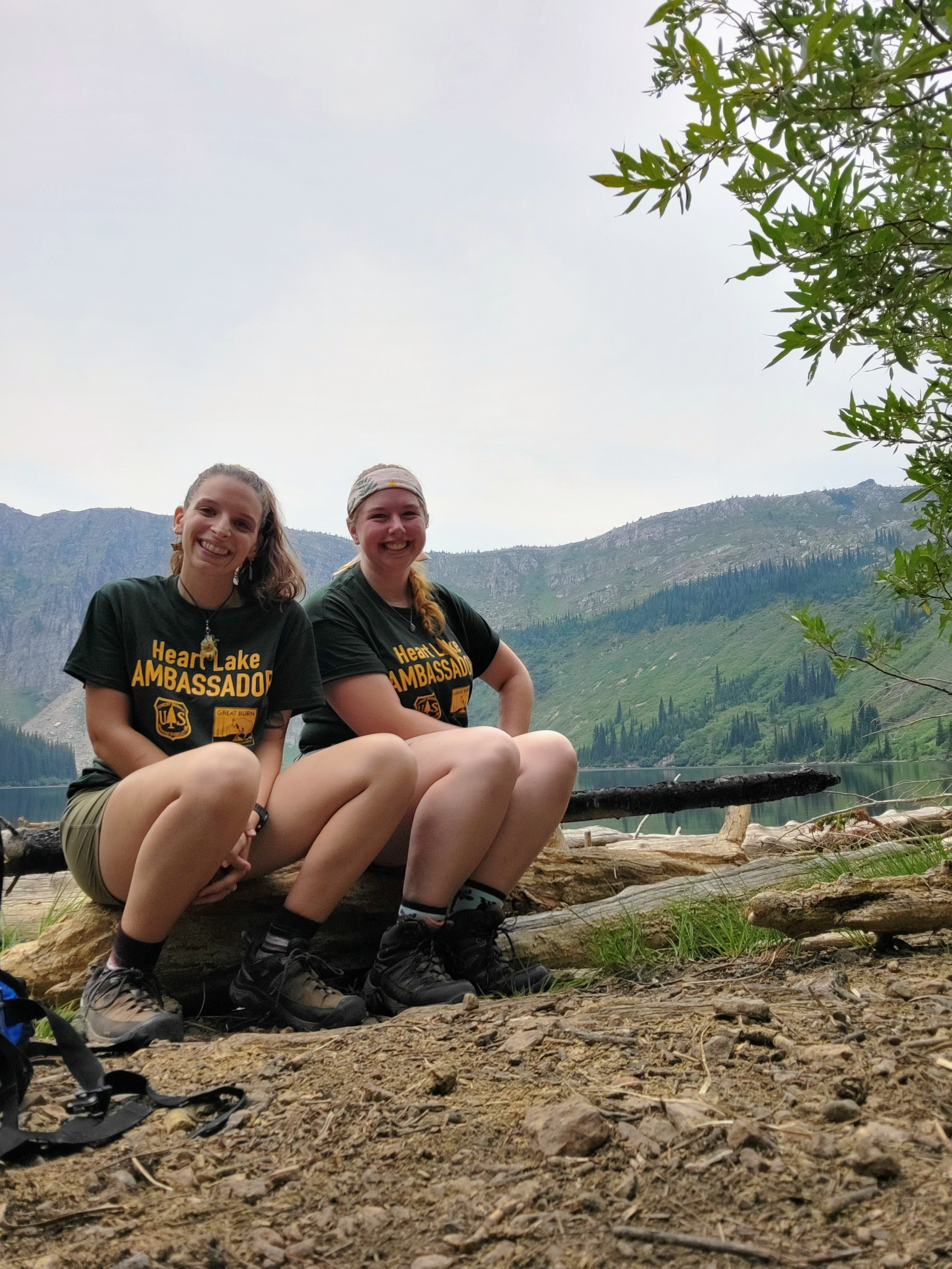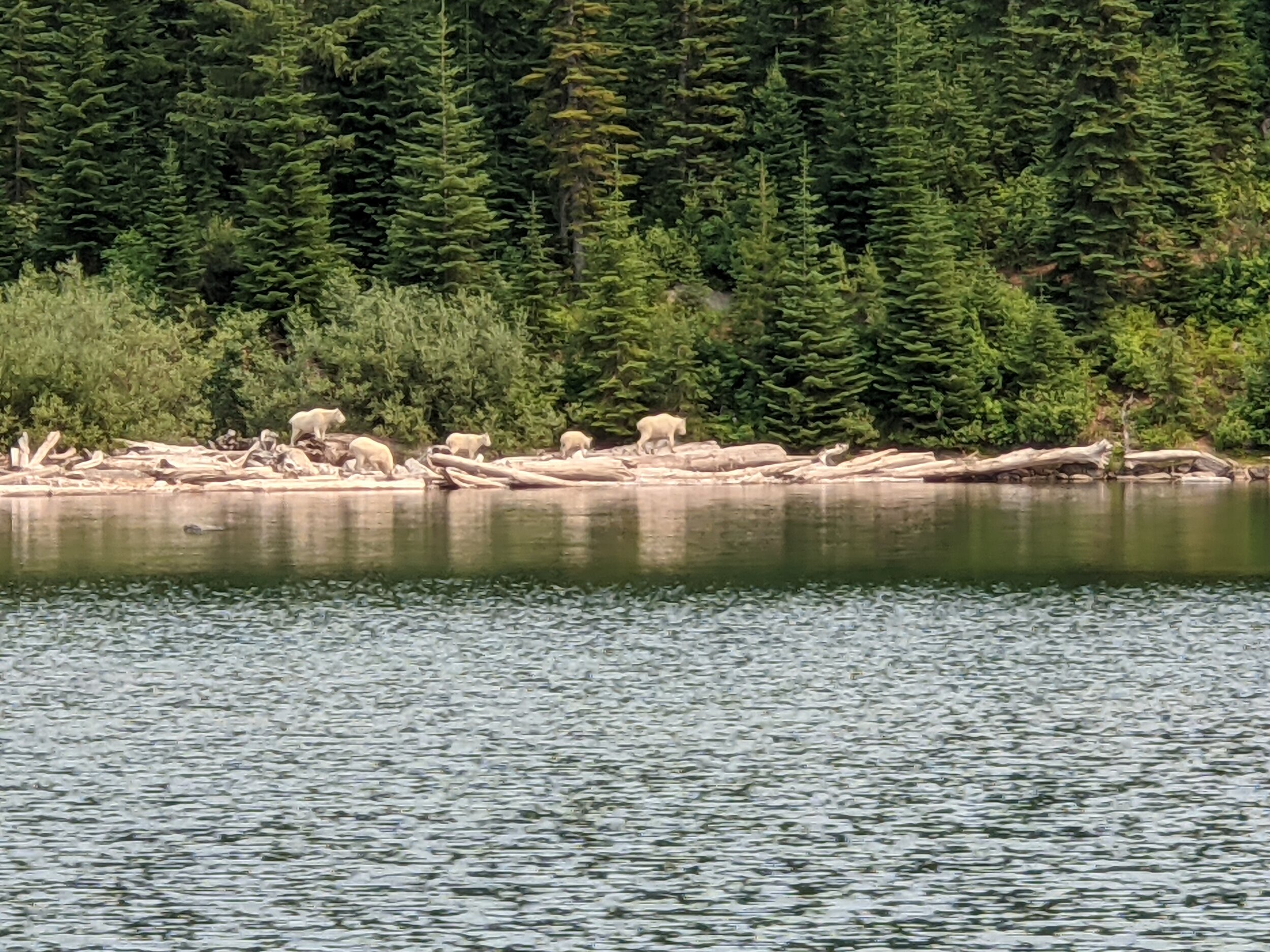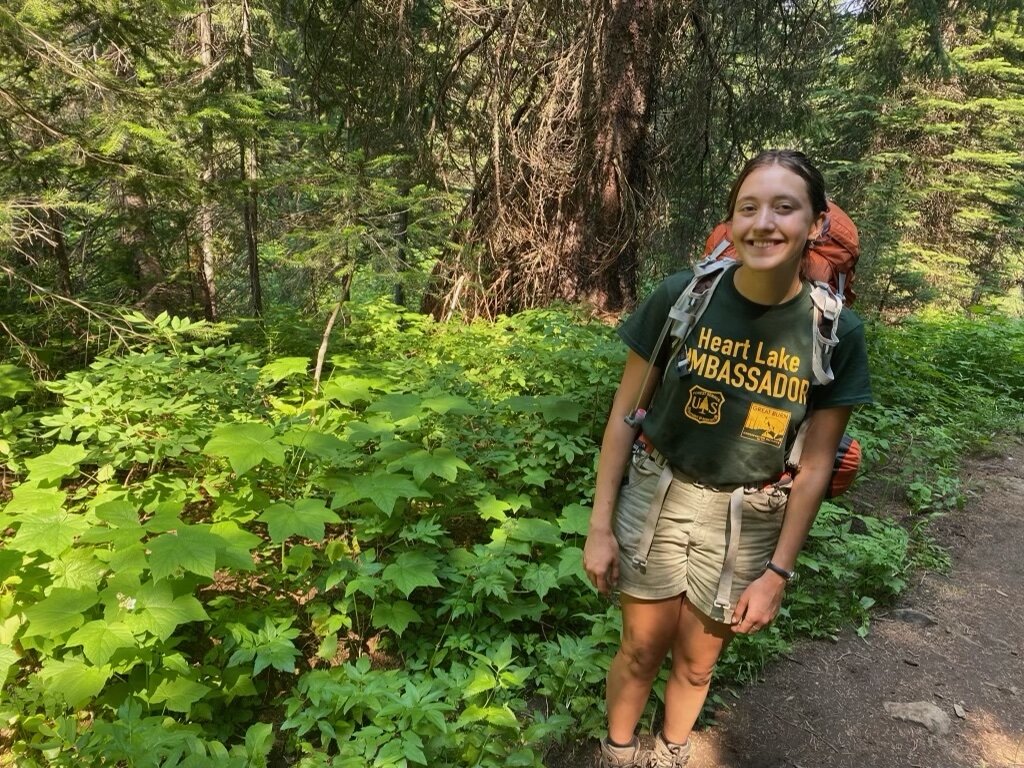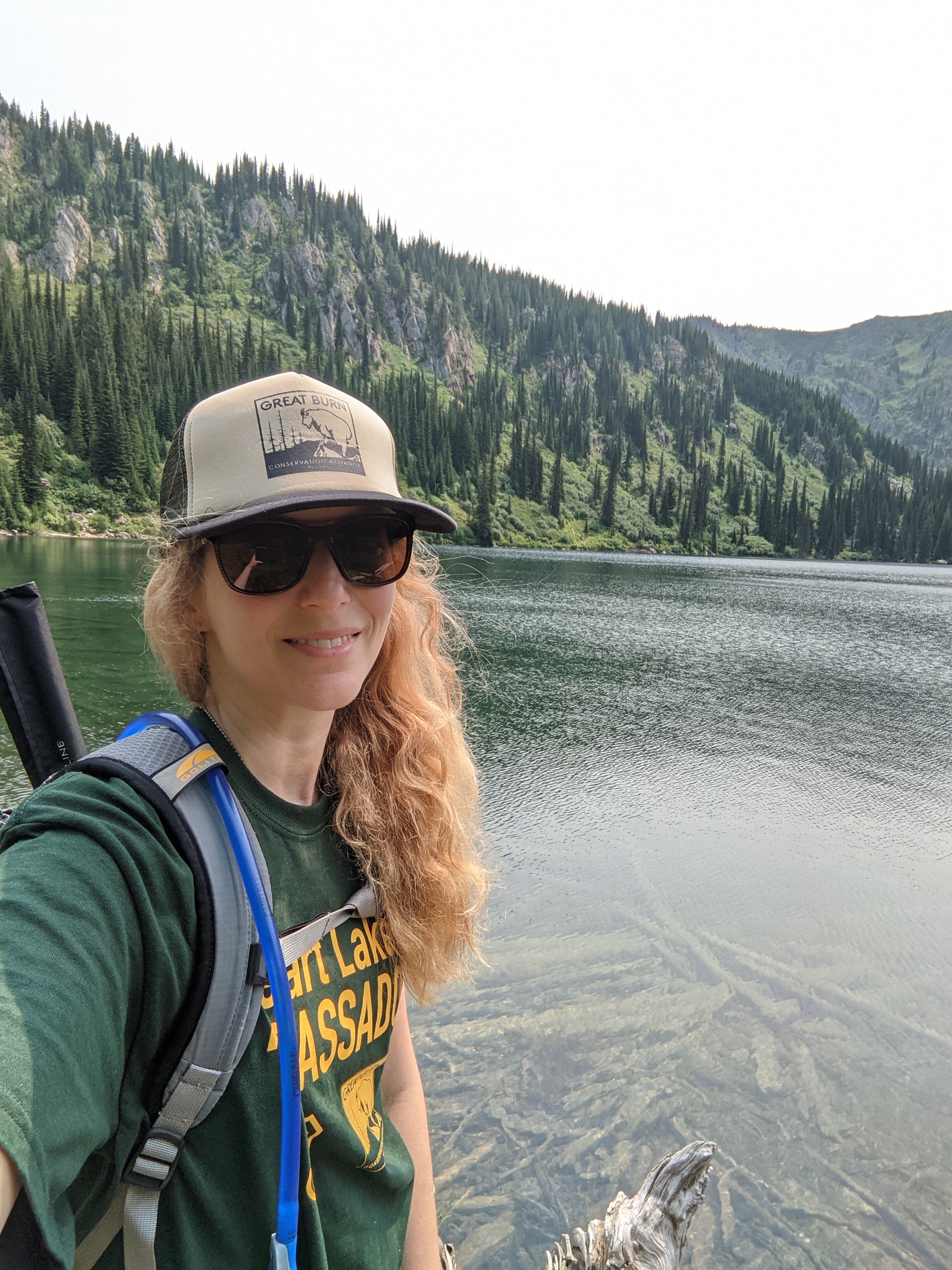So what makes the Great Burn so great? Three herds of native mountain goats have given their stamp of approval. The Great Burn ecosystem provides high quality habitat for this species that faces unique challenges in the western lower 48.
Why do we care about native mountain goats at GBCA?
In Montana, mountain goats primarily live on the western side of the state in the steep, rugged terrain of the Rockies. Interestingly, the majority of mountain goats that reside in Montana are not native to the area. A 2017 Montana Fish, Wildlife and Parks report indicates stark differences between the vitality of native mountain goat herds and introduced populations. Studies in Montana regions outside of Glacier and Yellowstone National Parks show not only a decline in native goat numbers but also patterns of low numbers and genetic isolation among remaining herds. Alternatively, introduced goats are prospering. New research into why native mountain goats are declining is investigating how reintroductions, predator density fluctuations, and changing guidelines in human recreation could positively affect native mountain goat vitality in the Rockies.
Where are they in the Great Burn ecosystem?
The Great Burn ecosystem supports at least three native mountain goat herds. Hikers who visit Heart Lake, one of the Great Burn’s most popular areas, are often lucky enough to see one of them! At Blacklead Mountain, a high elevation area where few other mammals reside, GBCA surveys have identified at least ten goats. In the past, Blacklead supported a larger herd, but in the last decade Idaho Fish and Game documented a significant drop in population numbers during a year of historic snowpack and increased snowmobiling. Finally, Mallard Larkins Pioneer Area visitors often see these curious animals near trails and on mountain faces.
Why is the Great Burn ecosystem an attractive habitat?
Goats rely on mountains and their unmatched climbing abilities to escape predation and to forage. Winter is this species’ most difficult season, when their habitat is limited to wind-swept mountain faces with exposed vegetation for food. During the winter, these goats are highly susceptible to motorized vehicle use, which has been documented to displace them from high quality habitat and put their survival and reproduction at risk. Limited motorized vehicles in the Hoodoo Proposed Wilderness and Mallard Larkins Proposed Wilderness help sustain an ideal wintering ground for mountain goats. As biologists continue to investigate factors that pose the greatest risks to the remaining native herds, it is necessary to preserve the Great Burn for their protection and persistence.
How does GBCA protect our native mountain goat herds?
Great Burn visitors are lucky to have the chance to view native mountain goats. However, goats, like other wildlife, can pose danger to humans if they get habituated to an area. Goats are curious animals who are attracted to salt, and there are documented cases in other recreational areas of goats hurting people when visitors become relaxed in letting goats get up close to campsites, outhouses, picnics, and other salty areas.
In order to keep both our visitors and goats safe, we created our Heart Lake Ambassador Program last summer. We are grateful for our first round of Heart Lake Ambassadors, who helped educate last season’s Great Burn visitors on mountain goat ecology and safety practices. This summer we are running the same program again! Help us minimize our human impact on this native goat herd by becoming an Ambassador or spreading the word about our program!
